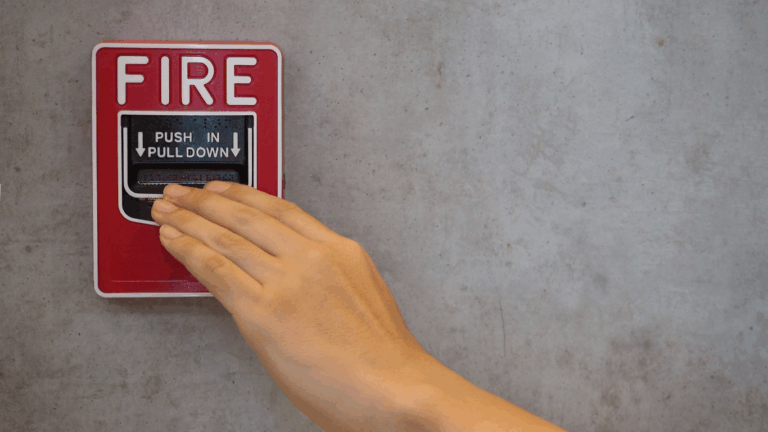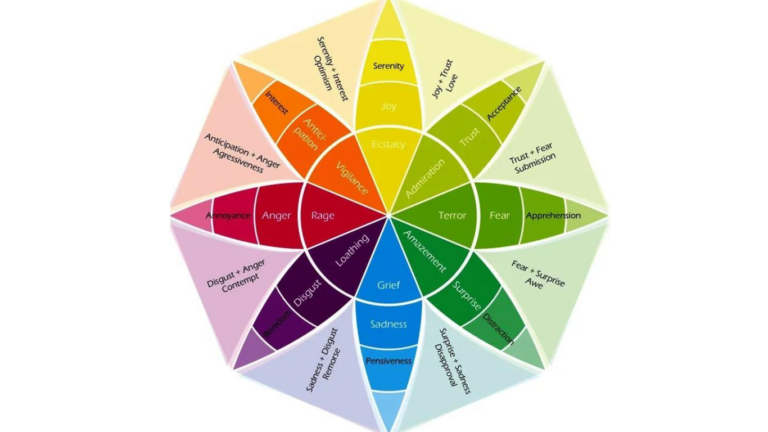Treating TMS with Authentic Indifference can be challenging, but with practice, it is achievable. Authentic Indifference, or not caring so much about your pain, is important when trying to rewire our neuropathways and recover from chronic pain. We need to be authentically indifferent when it comes to our pain.
Normally, when we’re in pain, we want to fix it. Naturally, we want it to go away. That is how our brains are wired, but in the case of chronic pain, this is not what we want.

Pain Is Just a Symptom
In the case of TMS, pain isn’t the problem—it’s just a symptom. Living intensely is the problem. Fear is the problem. The primitive/fear brain is trying to pull our focus to pain and fear all the time to keep us safe. We must teach it that it’s safe to live in peace and calm. We don’t need to be on the lookout all the time. It’s safe to relax.
The Pain Is Benign
The good news about TMS, also known as Neuroplastic Pain, Mind-Body Syndrome, or just Chronic Pain, is that it is benign, so there is nothing to worry about. It is a symptom of an overactive survival brain. In some cases, there has been a physical injury or illness, but the brain keeps the pain going after the injury has healed. The brain can learn pain. We can teach the brain to stop signaling or amplifying pain.
There are No Monsters Under The Bed
TMS is like a four-year-old child pulling at her mom’s skirt, telling her there are monsters under the bed. The four-year-old believes there are monsters under the bed, just like our fear brain believes there are monsters under the bed. We have to gently teach our primitive brains that there are no monsters under the bed. All is clear.
And this takes practice and repetition. That’s it.
There Is No Ambulance
No ambulances are sneaking up behind you! With TMS there is no injury, the brain is just making a mistake. When you are driving, and an ambulance sneaks up behind you, you immediately go into fight/flight/freeze/fawn mode and do what it takes to let the ambulance through. With TMS, there is no ambulance, but the fear brain acts as if there is one.
It’s amazing how our primitive brain takes such good care of us. It’s just doing what we have trained it to do.
In my case, I refused to live slower, in the peace and calm, because the need for achievement and perfectionism was running my life. I thought I was nothing without good opinions from others. I didn’t know that I could be balanced and successful.
TMS is a False Alarm
TMS is a false alarm. Our brains think there are monsters under the bed or an ambulance sneaking up behind us, but there aren’t. The pain is just a false alarm.
Can you slowly and gently teach your fear brain that alarm is unnecessary? Learning and practicing authentic indifference is one way to do this.
How To Practice Authentic Indifference
When practicing being authentically indifferent to our pain, 3 states that are all related come to mind.
- Become interested in the pain.
- Become curious about the pain.
- Let go of fear around the pain.
Becoming Interested When Practicing Authentic Indifference
I know it’s not easy, but it’s not the pain we need to work on. We need to relax and shift from hypervigilance and intensity to peace and calm. There is nothing to fix as far as the pain goes. That is just wasted time. We just notice it. We notice it and get curious about it—that’s it. It doesn’t matter if it’s there or not because it’s safe.
Like Arte Johnson on the 1970’s sitcom Laugh-In used to say:
You don’t want to fight the pain, and you don’t want to try to fix it. Just become interested in it. It’s so amazing how our brains can signal pain where there is no injury.
Curiosity and Authentic Indifference
Mind-Body Pain and Authentic Indifference means becoming curious. Curiosity is important when we are practicing being authentically indifferent toward our pain because curiosity takes us out of fear.
Here is an article about how to harness curiosity. Can you practice being curious about the pain or why the brain is mis-signaling pain instead of fearing it? I suggest practicing daily for just 5 minutes to start sitting with curiosity.
This is hard to do for people who are often preoccupied and worrisome, but it really works, and you can train yourself to live this way instead of in fear and angst.
Authentic Indifference and Letting Go of Chronic Pain
Neuroplastic Pain and Authentic Indifference means letting go. It means genuinely not caring whether the pain is there or not. Like I said earlier, we know the pain is safe. It’s uncomfortable but not dangerous. We don’t need to be on high alert over something being uncomfortable.
Fear is the Fuel for Chronic Pain
Being impressed, focused, and preoccupied fuels the pain. The more we focus on it, the more danger messages we give our survival brain, the more we fuel the pain.
Practicing becoming interested and curious and letting go of the pain because it’s safe are all important factors when treating TMS because they create a state or energy of authentic indifference. This sends safety messages to our brain, which will turn down the pain.
There are no ambulances. We can drive and listen to Lionel Richie. We can be Easy, Like a Sunday Morning. Something about that song always helps me to relax. The rational brain can start to take over. We start to live from a place of resilience instead of fear. The pain goes away on its own.
No need to work on the pain. When the pain stops mattering, the pain will go away.
Pain is not the problem.
For Pain Recovery Coaching, you can email Stacey at s[email protected] or call or text (303)250-4275.






